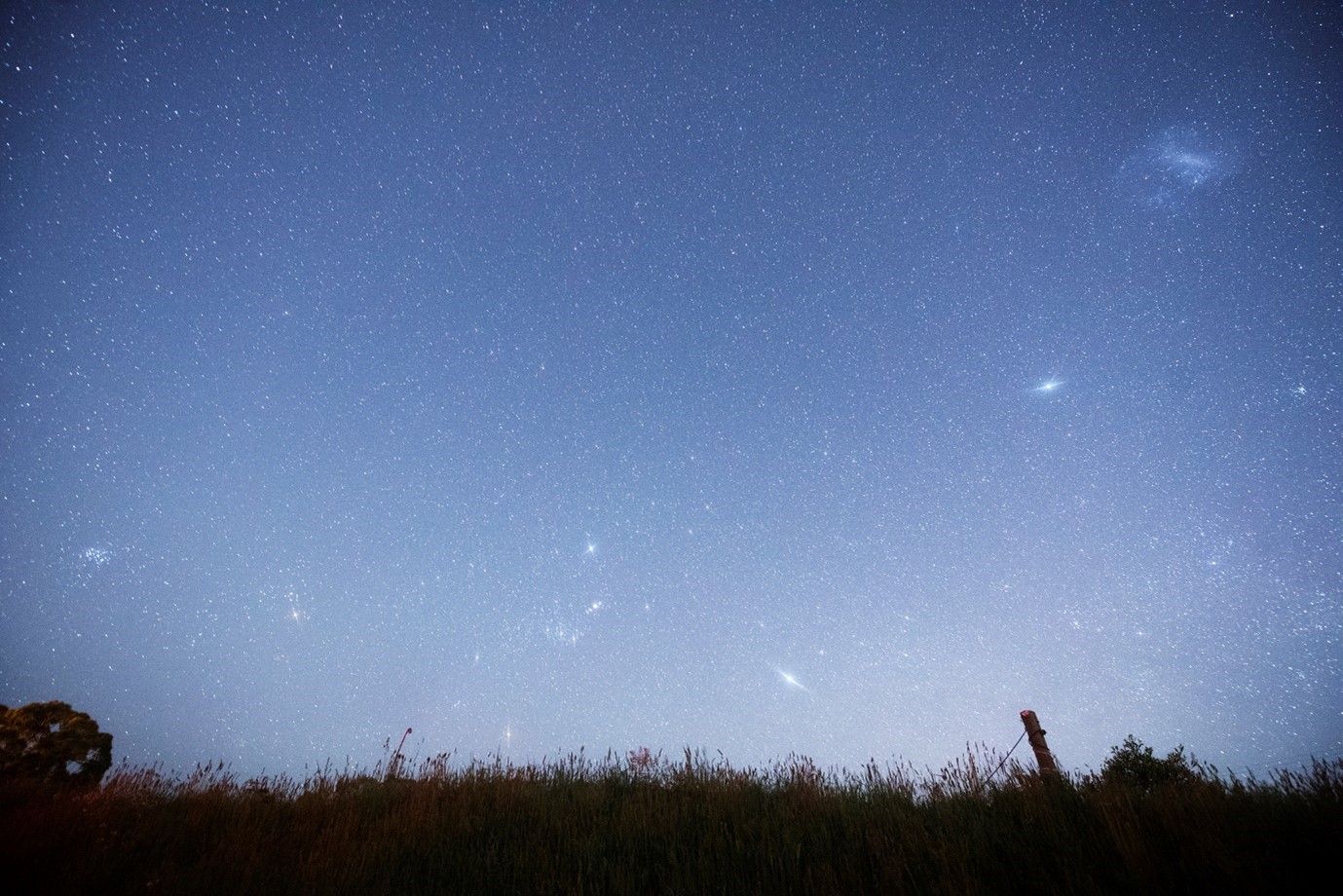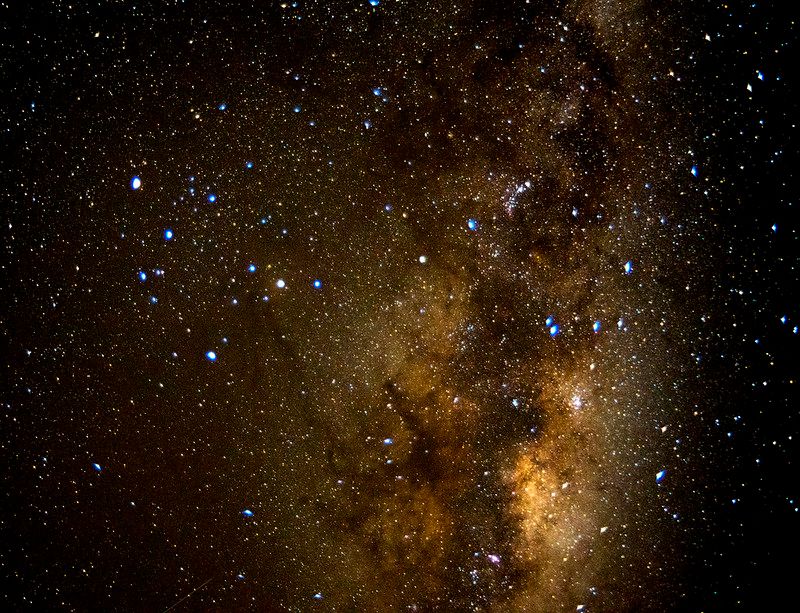Home/Curriculum resources/Digital technology and managing Indigenous astronomical knowledge /Activity 3 - Learning about the UNDRIP document
Learning Area:
Technologies
Year levels:
Level 7, Level 8
Suggested timing:
One or two lesssons

Activity 3 - Learning about the UNDRIP document
This activity is a part of the Digital technology and managing Indigenous astronomical knowledge resource.
Orion Rising. Photographer: Peter Lieverdink. Source: Flickr. License: CC BY-SA 2.0
Students can work through the series of activities either here, or within the following document.
Intro videos
Watch this video as a short introduction: https://www.youtube.com/watch?v=-_N5jgW0U9M (which focuses on a Canadian perspective).
Grounding in the document
Students are working through the adolescent-accessible version of the UNDRIP document here: un-adolescents-guide2013.pdf (narf.org). Read through the introductory content with your class.
Engaging with the Articles
Divide the parts 1-7 among the class, in groups. Students need to summarise and synthesise the rights outlined within their section, then share these back to the class, noting what structures or examples would demonstrate these rights as outlined, or where these may not be represented, and note some possible reasons for this. Then read parts 8-9 together as a class.
Linking to Australian events
Read the timeline from pages 24-25, and add these dates onto either an existing timeline within the classroom, or create one with the class. Consider using the online tool Tiki-Toki to add short videos of key events along the timeline, to produce a digital artefact.
Developing language
Use the word bank on pages 32-35 and have students develop their own ‘Frayer models’ for each of the words and phrases.
Conclude, revise and test for knowledge
Conclude the learning sequence, or revise content later with the seven multiple choice questions / quiz questions on pages 30-31 to test students understanding.
Related activities within this resources:

Inquiry-based learning questions
These inquiry-based questions are provided for flexible classroom use, allowing teachers to tailor discussion and reflections specific to their classroom needs.

What is Stellarium?
Discover Stellarium, a digital planetarium that offers a vivid depiction of the night sky worldwide, showcasing the celestial dance of the Sun, Moon, planets, and stars in real-time.

Activity 1 - Examining traditional astronomy using Stellarium
In this activity, students will explore traditional astronomy using Stellarium, selecting the Kamilaroi/Euahlayi culture to understand celestial objects and their significance.
Suggested timing:
30-45 minutes

Activity 2 - Reconstructing fragmented knowledge using Stellarium
In this activity, students will use Stellarium to identify stars from Aboriginal traditions, including "Parna," a star used by the Kaurna people in Adelaide to predict autumn rains, incorporating climate data to determine its Western identity.
Suggested timing:
30-45 minutes